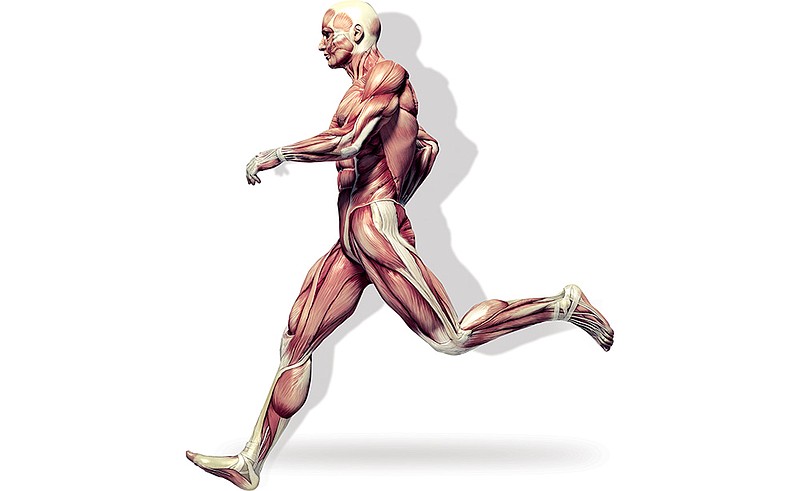You've probably heard of "runner's high," but what exactly is the cause of that? This is what happens to your body when you run.
After several seconds:
To get you moving, your muscles start using adenosine triphosphate (ATP), the energy molecules the body makes from food and stores in glycogen in the muscles and blood. You'll feel a 2- to 3-second surge of power as ATP converts to adenosine triphosphate (ADP), releasing energy.
90 seconds:
Cells begin to change ADP back to ATP, breaking down glycogen in the muscles and pulling glucose from the blood to produce more ATP.
2 minutes:
That burn you feel is the body releasing lactic acid, a result of the process of converting ATP to ADP and back again that your body's going through as your muscles work to fuel your run. The lactic acid buildup is also your brain's way of signaling that your body's under physical stress, i.e. that 'Wait, why am I doing this to myself again?' feeling you (might) get before hitting your stride. In which case, hang in there.
Next few minutes:
Your heart starts beating faster and blood pumps into the muscles and away from other organs that aren't using as much energy. To do this, the body needs more oxygen - up to 15 times more than you need when you're not exercising - and breathing becomes heavier.
Calorie use increases as the body continues to produce and use more energy.
The butt, core and leg muscles work to control your stride and keep you upright while your hip joints extend to allow you to push your feet off the ground.
Burning oxygen and glycogen leads to a rise in body temperature and the body begins to sweat to cool itself down. Blood vessels dilate to bring blood to the skin's surface, cooling the body further and giving you a healthy glow (or an embarrassingly red face, depending on your fitness level).
10 minutes:
Running newbies may start having some trouble meeting the high demands running puts on the body, particularly producing enough oxygen. Lactic acid will build up in your muscles and your ATP production will begin to lag, making you feel like you're slogging along and your lower body is really feeling the burn. If that's the case, slow to a jog until you regain your breath and feel like you can speed back up again more comfortably.
Regular runners will likely have enough ATP to efficiently use oxygen and burn fat and glucose. Keep up the good work!
After a 30 minute run:
Breathing returns to normal as you slow down and demand for energy decreases. The brain produces dopamine, a mood boosting hormone. You'll also feel calm, alert and more energetic.
An hour later:
A surge of endorphins leads to feelings of euphoria, along with a sense of accomplishment and power.
A day later:
New runners may notice that the sense of empowerment they felt the day before is now nonexistent. Once running becomes a habit, you'll likely begin to crave that surge of dopamine, calm and euphoria you get from running. Welcome to the club!
Sources: active.com, mashable.com, theactivetimes.com
